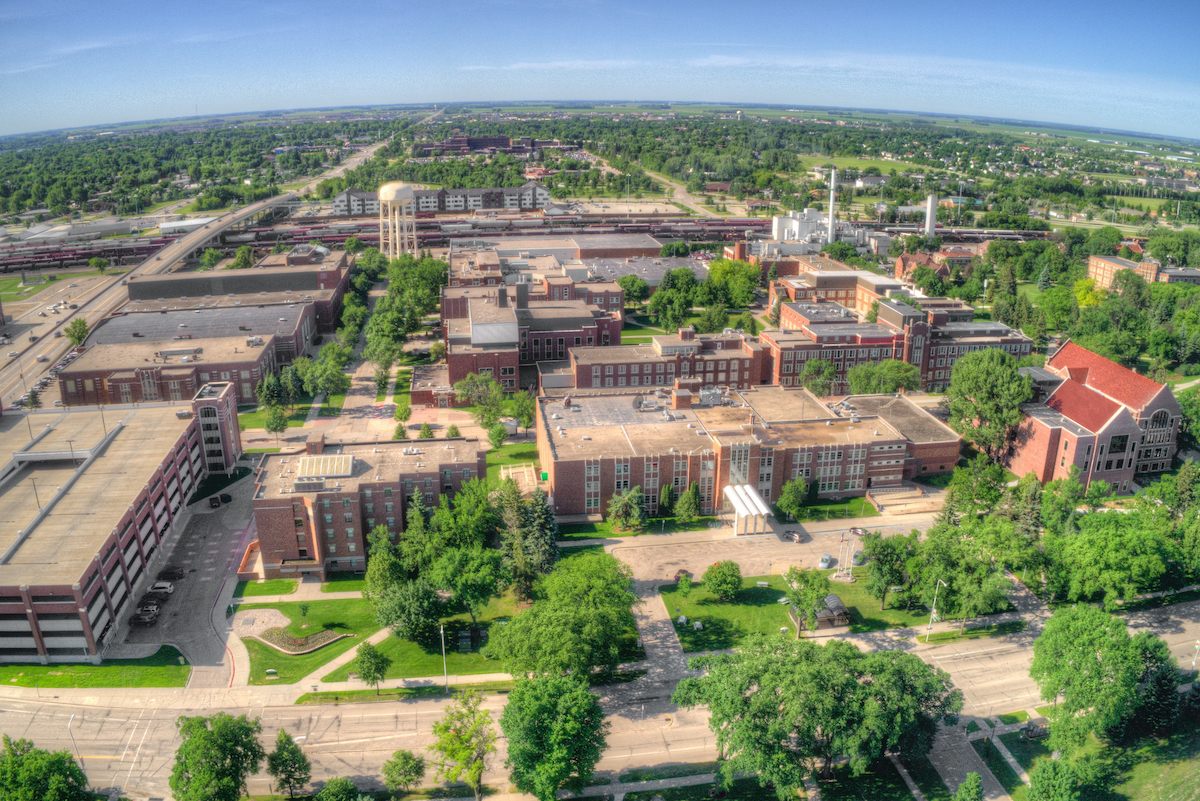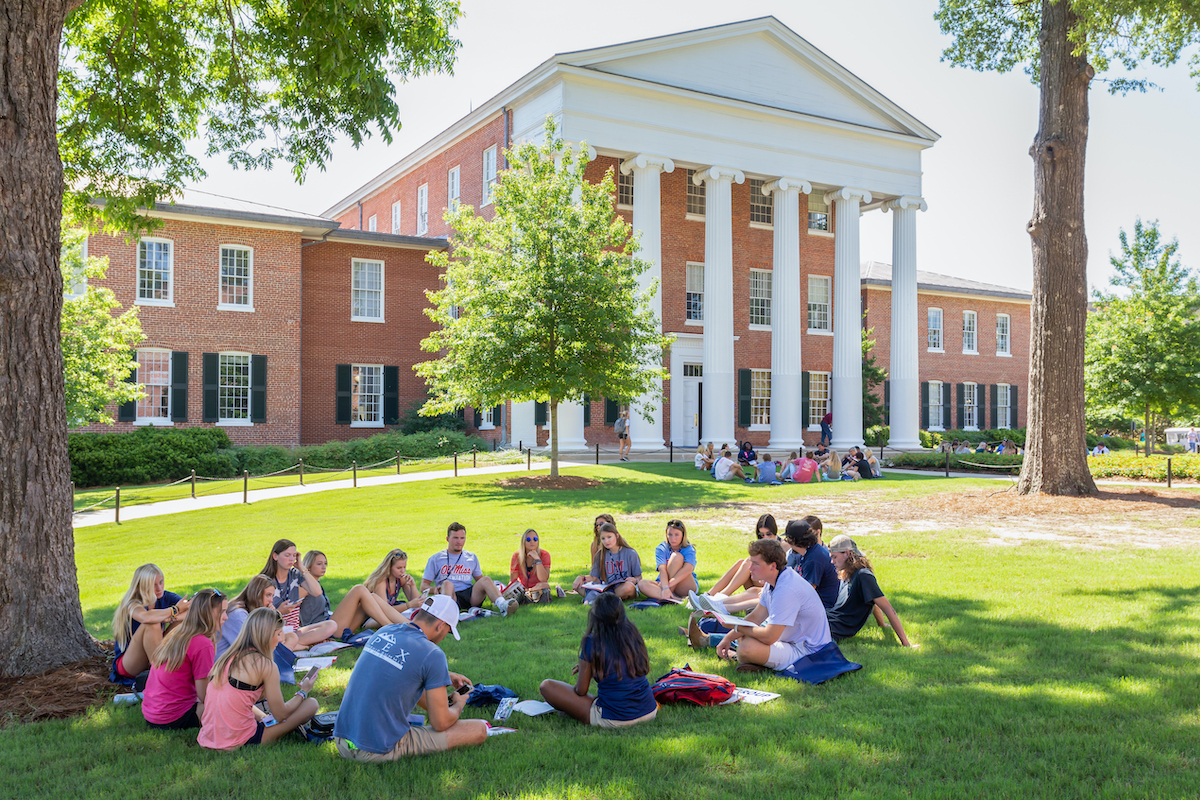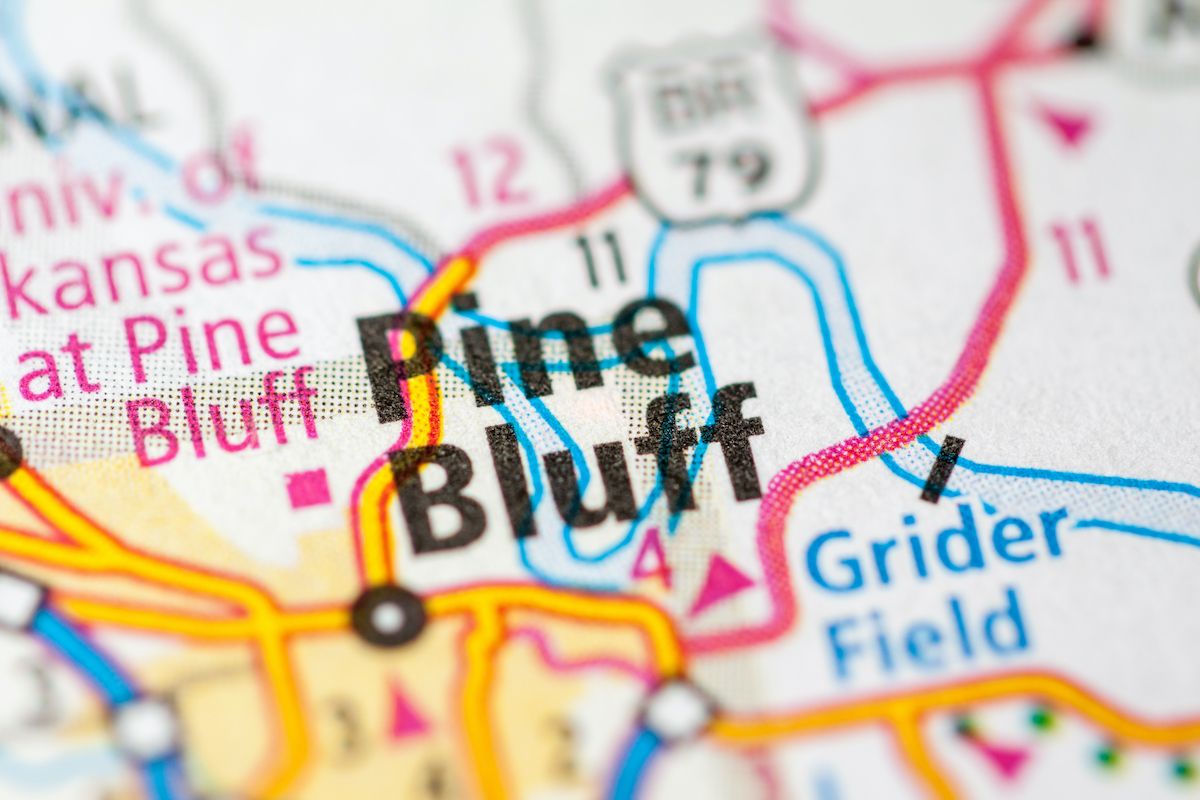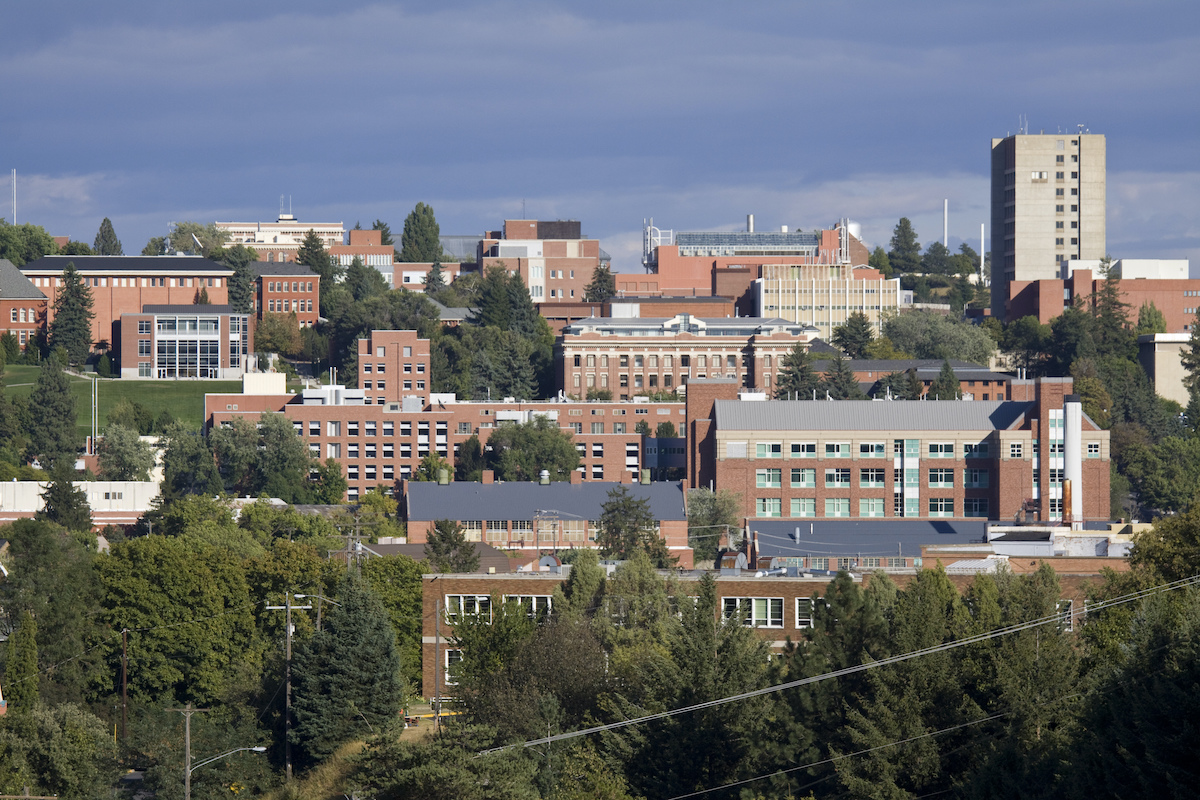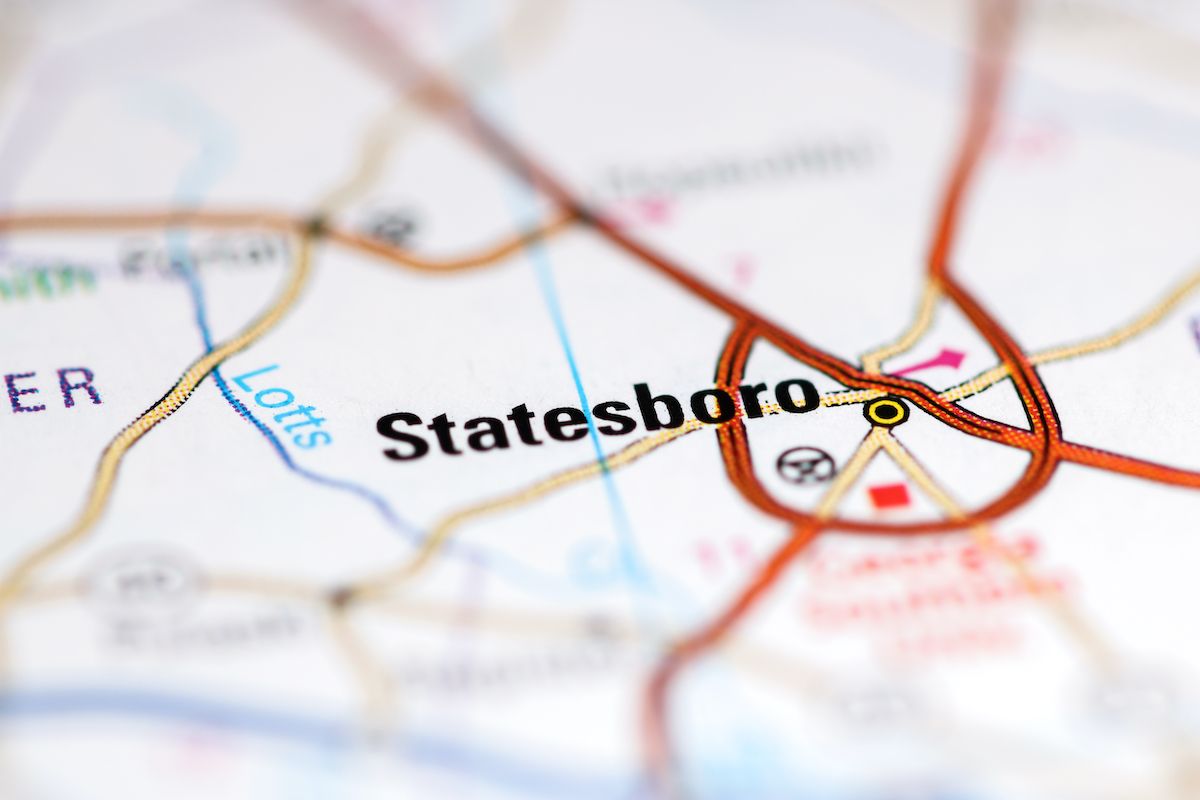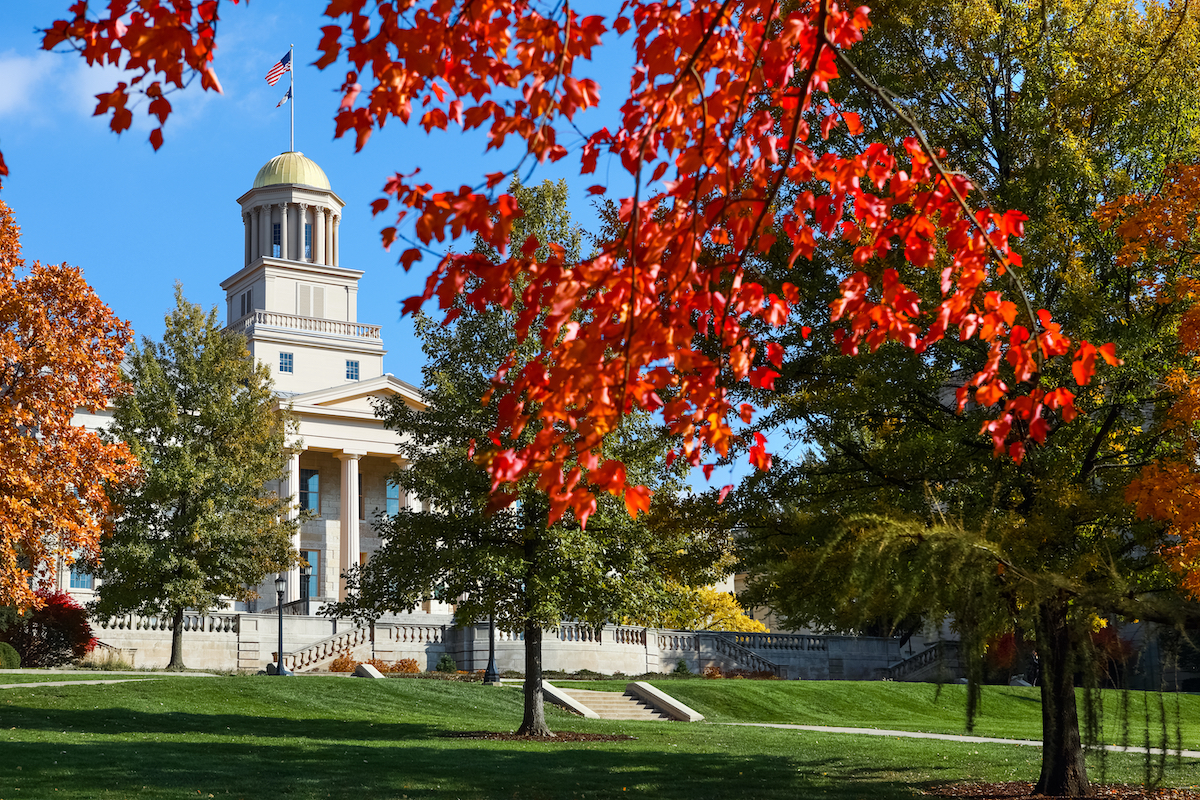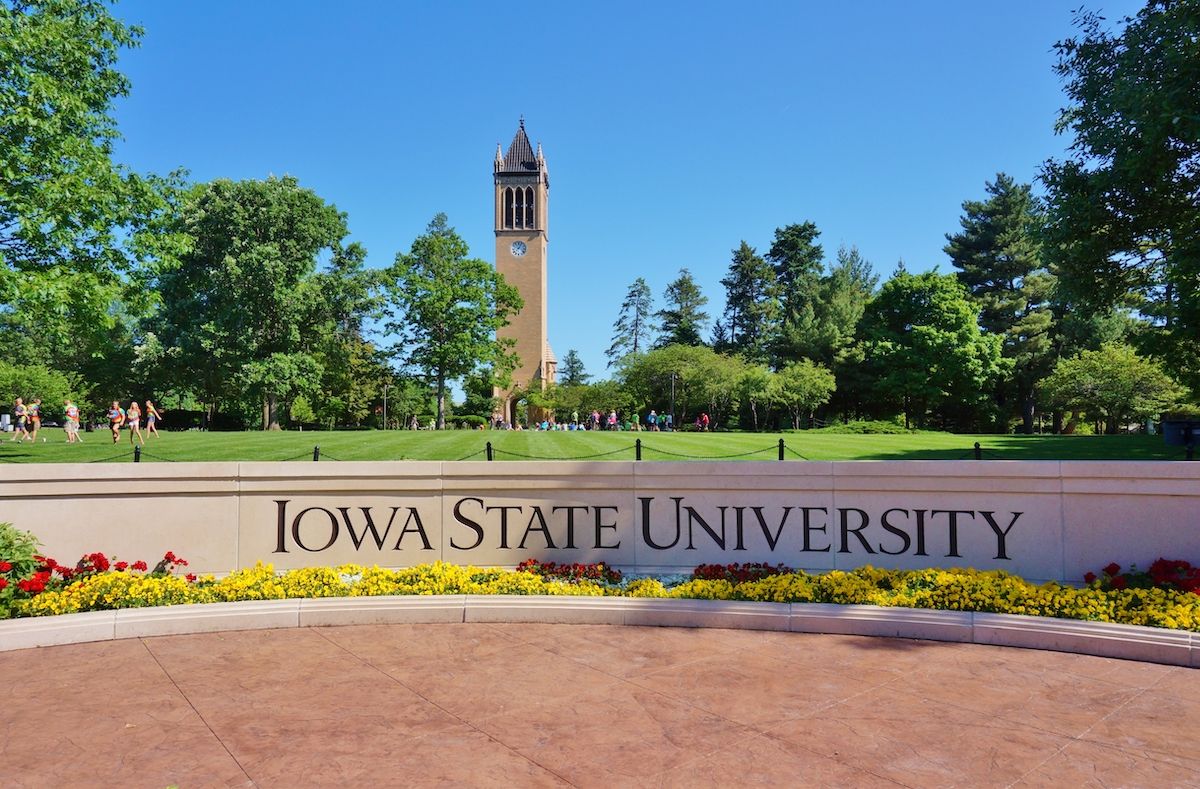Home to East Carolina University, Greenville, North Carolina cracks the top 10 college town COVID hot spots, with 1,212 recent coronavirus infections. Each fall, roughly 29,000 students return to Greenville, which has an approximate population of 181,000 residents. As of Aug. 31, Greenville has seen an average of 4.5 infections per 1,000 area residents over a two-week period. And for more insight into where COVID is spreading, These 4 States Should Lock Down Immediately, Harvard Researchers Say. The University of North Dakota reports an enrollment of nearly 14,000 students who return each fall to Grand Forks, a city of roughly 101,000 residents. Over the past two weeks, area public health officials have reported over 717 new COVID cases, according to The New York Times, meaning 4.7 people per 1,000 are infected. Oxford is home to The University of Mississippi and well-known as one of the country’s prettiest college towns. Over 22,000 Ole Miss students just returned to campus, joining Oxford’s population of 54,000 year-round residents. According to The New York Times, Oxford has seen 354 recent cases of COVID-19, or an infection rate of 4.7 cases per 1,000 residents as of Aug. 31. The University of Arkansas, Pine Bluff, is the smallest college to make this list, with just under 2,600 students in a city with a population of approximately 88,000. But despite the relatively small student population, local officials have reported over 660 new coronavirus infections over the past two weeks—a rate of 4.7 infections per 1,000 people. Pullman, Washington only has 50,000 year-round residents, meaning the town’s population increases by more than half each fall when approximately 31,000 Washington State University students return to campus. Over the past two weeks, the city has reported 340 new COVID-19 cases, which suggests an infection rate of 5.2 cases per 1,000 residents. Statesboro, Georgia, has roughly 80,000 residents—a number increased significantly each fall by the 26,000 Georgia Southern University students returning to campus. Over the past two weeks, Statesboro has recorded 524 new coronavirus infections, or a rate of 5.6 infections per 1,000 residents, according to The New York Times. Home to Georgia College—which has a total enrollment of just under 7,000 students—Milledgeville has a year-round population of just over 53,000 residents. According to The New York Times, there have been 502 new infections reported over the past two weeks, which translates to an infection rate of 6.1 cases per 1,000 people. “War Eagle!” is the clarion call of Auburn University’s 30,000 students—the very students who recently returned to Auburn-Opelika, Alabama, population 165,000—as classes resume. As of Aug. 31, 7.4 per 1,000 residents are testing positive for coronavirus, according to The New York Times, making it the third-worst COVID hotspot in the nation. Iowa City is the charming home of the University of Iowa and boasts the nation’s second-worst outbreak of the coronavirus, according to The New York Times. The beautiful college town has a population of roughly 173,000 residents, with nearly 32,000 students calling the city home when classes are in session. As of Aug. 31, 7.6 of every 1,000 Iowa City residents are testing positive for COVID-19.ae0fcc31ae342fd3a1346ebb1f342fcb Home to Iowa State University, Ames, Iowa has a population of roughly 97,000, which grows over 30 percent when school is in session, thanks to ISU’s enrollment of nearly 35,000 students. Unfortunately for all of these residents, The New York Times just listed Ames as the hottest of coronavirus hotspots, as 8.2 residents per 1,000 are testing positive for COVID-19 as of Aug. 31. And for more insight into Iowa’s COVID surge, This State Has Suddenly Become the Biggest Hotspot in the Country.

